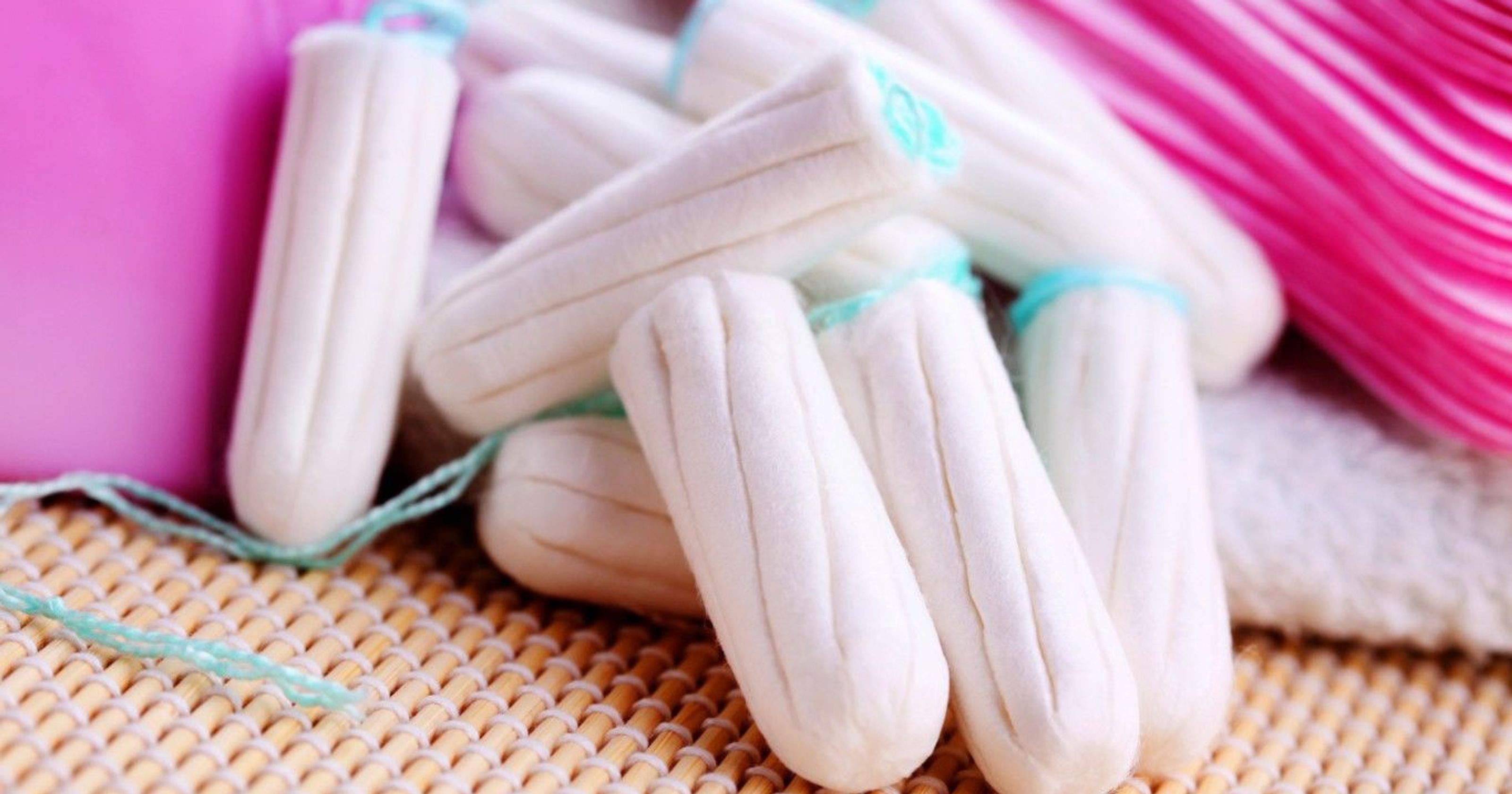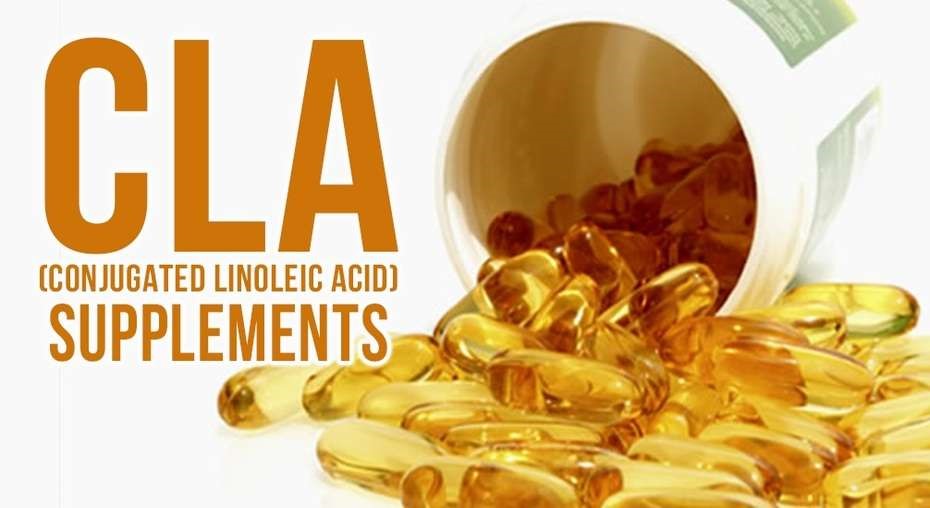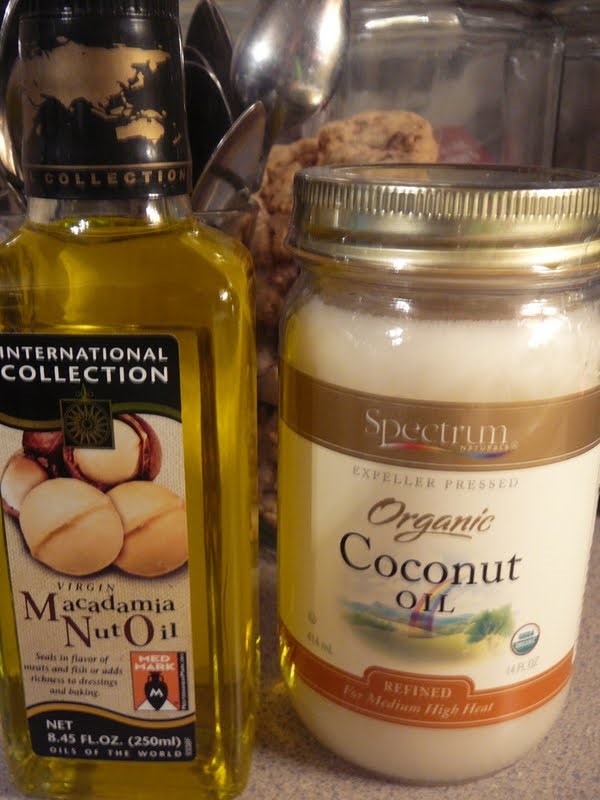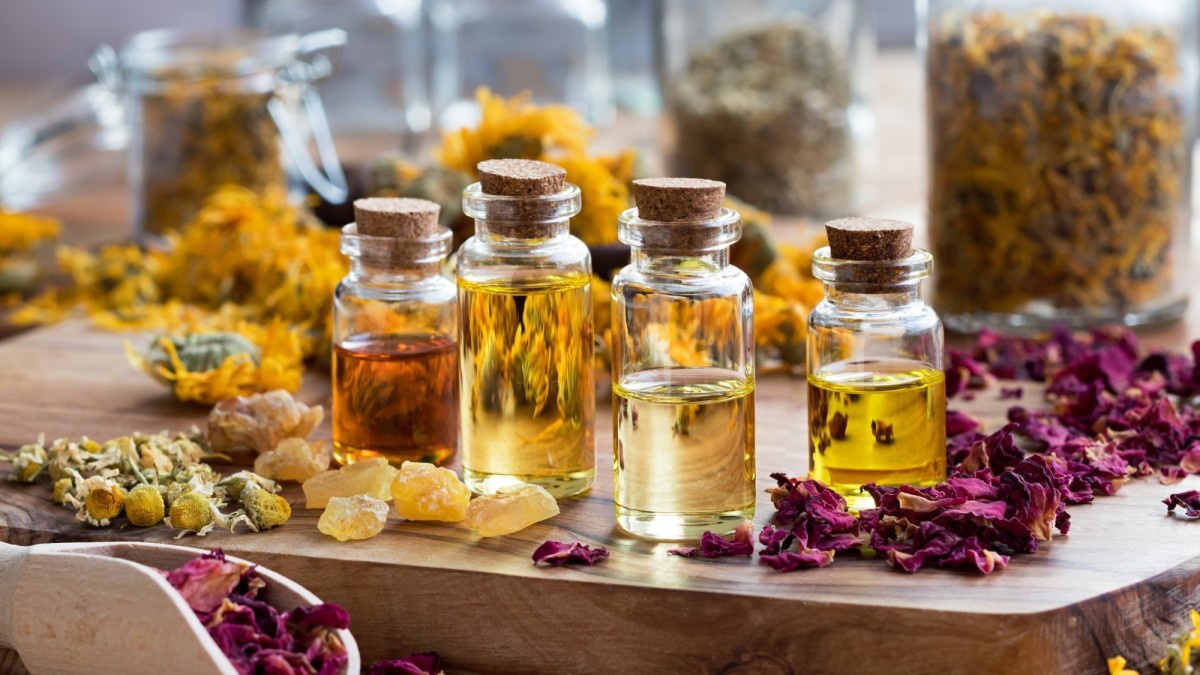See all "Coconut Oil" Section Topics

Coconut oil soaked tampons are a great idea for treating a yeast infection naturally. However, you might be able to enhance their healing efficacy by adding more of the fatty acids that have been proven to stop Candida. In addition to other fatty acids, using essential oils, and herbs that fight off yeast, will also power up your coconut oil. By using other natural remedies, you are sure to get a powerful blend of natural, Candicidal phytochemicals in your coconut oil tampon. Just make sure you try and balance the bacteria in your vagina after you are rid of yeast; this will help keep your yeast infections away in the future!
What to Soak a Tampon In

Fatty acids that attack Candida may have varying methods for stymying the development of this pathogen. Consequently, you may benefit from using multiple types of fatty acids to fight off a yeast infection. As the coconut oil for yeast infection article revealed, coconut oil really only contains four primary fatty acids that stop Candida: lauric acid, linoleic acid, myristoleic acid, and capric acid. Although coconut oil is comprised of about 50% lauric acid, it only has about 1% linoleic acid and about 8% capric acid. So, if you bought capric acid and linoleic acid, and added them to your coconut oil, you are adding different chemicals that fight off yeast to the mix. It is possible, that adding these two fatty acids to your coconut oil, might augment it; giving you even faster, natural relief from your problem!
You may have some trouble purchasing capric acid; but coconut oil itself already contains a good amount of this fatty acid. However, linoleic acid, is readily available, and can be easily acquired. Linoleic acid is by far the most necessary item to use with coconut oil; as coconut oil only contains about 1% linoleic acid naturally. You can even use conjugated linoleic acid. By combining fatty acids that are active against Candida, you can use the liquid to soak a tampon in. This will give you are powerful, natural, coconut oil tampon for healing your vagina.
A study that demonstrates 15 different fatty acids ability to inhibit Candida albicans development was published in Antimicrobial agents and chemotherapy [2.1 (1972): 23-28]. Caprylic acid had no ability to inhibit Candida or any other microorganism it was tested on. Linoleic and palmitoleic acids inhibited Candida the best.
A 1/2 Day & Yeast is Gone!
Linda Allen suffered from yeast infections for years. Through researching natural medicine & Candida, she found an efficacious solution!
Linda is one expert you want on your side! Let her show you how to get rid of a superficial yeast infection in just 12 hours; AND, keep it gone!
A 60-day, 100% money back guarantee is provided.
Visit Official Site!Add Linoleic Acid to the Tampon

Let’s take a look at some research that further validates linoleic acid as a powerful yeast fighter! The study we will consult, was published in FEMS Yeast Research [7.2 (2007): 276-285]. This research explores how various fatty acids, found in milk whey, contribute to Candida albicans suppression. The study states the minimum inhibitory concentration (MIC) of various fatty acids in whey. Conjugated linoleic acid performed very well; it was almost exactly as effective as lauric acid and capric acid. 2.52 mcg in 1/10 mL of solution was enough to inhibit the development of Candida albicans.
Linoleic acid is also capable of suppressing the hyphal growth of Candida albicans. Hyphal germ tubes, that several species of Candida grow, increase the virulence of this opportunistic pathogen. Consequently, by reducing the ability of yeast to drill holes into your body via hyphae, you will reduce its hold on your body. A study showing this, was published in Eukaryotic Cell [10.4 (2011): 565-577]. The study found that Candida albicans, grown in germ tube inducing mediums, was significantly affected by conjugated linoleic acid. The researchers used a strain of Candida albicans that had β-galactosidase activity when it developed germ tubes (Hogan, et al., 2004). A lower level of β-galactosidase activity reflects a lower amount of hyphal growth in the cultures. In all three of the mediums the yeast was grown in, 12.5 micromoles (which is close to 3.5 mg) was sufficient to drastically reduce the hyphal growth.
Eliminate Bacterial Vaginosis & Vaginal Odor
Jennifer O’Brien is one prominent expert on BV that knows how to get rid of vaginal odor. BV is a common infection that you don’t have to put up with.
Jennifer will show you how to naturally eliminate vaginal odor in just 3 days.
A 60-day, 100% money back guarantee is provided.
Visit Official Site!Other Fatty Acids for the Tampon

Palmitoleic acid, was also found by the aforementioned FEMS Yeast Research [7.2 (2007): 276-285] study, to be nearly as effective at stopping Candida growth as linoleic, capric, and lauric acid. The study found that 9 micromoles of palmitoleic acid totally inhibited yeast growth. Fortunately, there is a natural oil that is rich in palmitoleic acid: macadamia oil. Macadamia oil contains about 20% palmitoleic acid. According to a study published in the Journal of Lipid Research [35.4 (1994): 656-662], macadamia oil is one source rich in this fatty acid. And, macadamia oil is readily available from many retailers. It might be worth you time to get some and mix a little of this natural oil with you coconut oil. It could make a potent yeast fighting mixture to soak a tampon in!
Myristoleic acid is another fatty acid that was shown to have an inhibitory concentration similar to capric and lauric acid—about 9 micromoles—in the FEMS Yeast Research [7.2 (2007): 276-285] study. However, there are few natural sources of this acid; coconut oil contains about 18% of this acid by volume. Yet, if you can find a supplement containing a high amount of this acid, it would be wise to add some to your tampon oil.
Clair Goodall: Author & Nature Lover
Clair Goodall is a bee-obsessed natural medicine convert from Minnesota. She is one expert you might want to know more about!
Clair will help you protect you and your family from toxic products and chemicals and help you discover solutions from nature.
Also, Clair’s book is backed by a 60-day, 100% money back guarantee
Visit Official Site!Mixing in Essential Oils

Although a coconut oil soaked tampon will work to fight a yeast infection, you may want to powerfully augment the tampon with essential oils. As you will see in the essential oils for yeast infection section of Candida Hub, there is a lot of scientific evidence to support the fact some essential oils kill yeast. In addition to just killing the yeast cells, some essential oils can destroy Candida biofilm. Candida biofilm greatly enhances the ability of this pathogen to ward off drugs and remedies that normally kill it. A study, published in the Journal of Bacteriology [183.18 (2001)], showed that biofilm greatly enhances Candida albicans’ ability to resist several prescription antifungal drugs. The in-depth chart presented in the study, graphically shows the relationship between biofilm development and drug resistance.
Fortunately, two essential oils work great at killing biofilm encased Candida: lemongrass oil and clove oil. The study that demonstrated this was published in the Journal of Ethnopharmacology [140.2 (2012): 416-423]. The researchers found that clove and lemongrass oil together inhibited biofilm the best. Biofilm formation did not increase resistance to lemongrass essential oil, and only increased resistance to clove oil by 2 times. Sub minimum inhibitory concentrations of lemongrass oil broke up biofilm; making it one of the best choices to use in fighting a yeast infection.
The well known herbal expert, the late author and botanist Dr. James Duke, also recommended combining antifungal essential oils. According to Dr. Duke’s book, The Green Pharmacy, combinations of essential oils almost always work better than single oils alone when dealing with a fungal infection. Dr. Duke states that there is a synergy created when multiple oils are used against fungi; as each essential oil has a different chemical make-up and possibly a different way of killing fungi.
So, if you have some coconut oil ready to soak a tampon in, add a few drops of lemongrass, clove, and tea tree essential oil to the mix. The coconut oil and essential oils together will make a very powerful coconut oil tampon.
Nightly Maintenance
If you want to use your coconut oil tampon during the day, you may want to use Candida Hub’s honey based homemade yeast infection cure during the night. Also, make sure you add some live probiotic cultures to the vagina and take a probiotic orally regularly. Probiotics will help you keep yeast at bay by reducing the available food, binding sites, and lowering the pH of the gut and vagina.
A Natural, 12 Hour Yeast Infection Cure

According to a research paper published in Clinical Microbiology Reviews [12.1 (1999): 80-96], Candida species are quite ubiquitous organisms. Candida are most frequently present in the mouth; and, live in 31% to 55% of healthy people. The species that causes approximately 70% to 80% of all Candida infections is C. albicans.
The Chinese Journal of Obstetrics and Gynecology [2011 Jul;46(7):496] reports there appears to be a correlation between intestinal Candida infections and vaginal yeast infections. And, this provides a clue, as to why yeast infections in general, can reoccur.
This study states, in 148 cases of vaginal candida infections, 33.1% of the women were infected in both the intestines and vaginal area. The recurrence rate of yeast infections, in women with simultaneous intestinal infection, was significantly higher than for women who did not have an intestinal infection. This study concluded that vaginal yeast infections are highly associated with simultaneous intestinal Candida infection.
As research appears to indicate, systemic Candida infections can and do happen. A more systemic Candida infection may primarily get a foothold in the intestines; and cause a wide array of problems. If your yeast infections keep happening, a systemic Candida problem may be why.
One woman who suffered from a systemic Candida infection, for about 12 years, was Linda Allen. The systemic Candida infection that attacked Linda caused a wide range of health problems in addition to yeast infections. Some of these problems, Linda describes in her own words in the following quote:
To be honest, it was hard to pinpoint exactly what was wrong: I wasn’t really sick, but I wasn’t really well either. I had listlessness, fatigue, brain fog, stomach ailments, unexplained rashes, skin infections, and so on. It seemed like every day brought a new challenge.
My energy was sapped and I felt exhausted, which affected my grades and put a big dent in my social life.
Linda Allen’s symptoms included an embarrassing vaginal discharge, severe itching, and burning sensations. Her infections were difficult to deal with, and Linda’s health problems cost her financially as well. Linda states these infections of Candida can become excruciating when they happen as frequently as a menstrual period.
Yet, Linda spent a great deal of time in research; and even questioned health professionals who were kind enough to share some time with her. Linda even tried an array of purported "cures." Although it took a while, eventually, Linda put together a natural treatment plan she hoped would solve her Candida situation.
After spending about a year refining her new approach, Linda tried her system on herself. It worked amazingly well. Linda even returned to a few medical doctors to get tested for the presence of infections. These tests revealed all indicators of infection had vanished! Linda was indeed well again, after such a long, difficult journey.
Linda has since published a book detailing how to copy her success. She also includes a 12 hour yeast infection cure that can get rid of a superficial (such as a genital yeast infection or oral thrush) yeast infection in about 12 hours.
Linda’s publisher protects those who get her book with a 60 day, 100% money back guarantee. Linda’s publisher, a subsidiary of the United States based firm Keynetics Incorporated, is a reputable digital retailer that has been around for a long time. They have great customer service, and make getting a full refund on Linda’s book quick and easy. If you’re not satisfied, you can quickly get all your money back.
If you would like to learn more about Linda’s journey to freedom from Candida, see reviews of others who tried her natural system, or find out more about her efficacious book; you can find more information at Linda Allen’s website.
Author: Mr. Nicholas Gross

Nick Gross is a natural medicine enthusiast who has been researching and writing about natural medicine since 2008. Nick is primarily a web developer but also researches and authors written and video content about natural health. Nick has a bachelor’s degree in Management Information Systems from the University of Northern Iowa.
Disclaimer
The information on this website is not a prescription for anyone. This information is for informational or educational purposes only, and is not a substitute for professional medical advice or consultations with healthcare professionals.
Affiliate Disclosure
Some of the links provided on this website are affiliate links. When a purchase is made through these links, Candida Hub earns money from commission. This helps to keep the website up and helpful to people for free. Thank you for any support!
Stay Up to Date
If you enjoyed this article, consider following / liking our Facebook page. This page is primarily utilized to alert followers of new articles that are put on Candida Hub. Candida related news is also discussed. While you are there, you can see what has been more recently added to Candida Hub.
SOURCES:
- http://dx.doi.org/10.1128/AAC.2.1.23 — Kabara, Jon J., et al. "Fatty acids and derivatives as antimicrobial agents." Antimicrobial agents and chemotherapy 2.1 (1972): 23-28. Full Text Available Here
- http://dx.doi.org/10.1111/j.1567-1364.2006.00166.x — Clément, Martin, et al. "Whey?derived free fatty acids suppress the germination of Candida albicans in vitro." FEMS yeast research 7.2 (2007): 276-285. Full Text Available Here, PDF Available Here, PubMed
- http://dx.doi.org/10.1128/EC.00305-10 — Shareck, Julie, André Nantel, and Pierre Belhumeur. "Conjugated linoleic acid inhibits hyphal growth in Candida albicans by modulating Ras1p cellular levels and downregulating TEC1 expression." Eukaryotic cell 10.4 (2011): 565-577. PDF Available Here, PubMed
- http://dx.doi.org/10.1111/j.1365-2958.2004.04349.x — Hogan, Deborah A., Åshild Vik, and Roberto Kolter. "A Pseudomonas aeruginosa quorum?sensing molecule influences Candida albicans morphology." Molecular microbiology 54.5 (2004): 1212-1223. Full Text Available Here, PubMed
- http://www.ncbi.nlm.nih.gov/pubmed/8006520 — Nestel, Paul, Peter Clifton, and Manny Noakes. "Effects of increasing dietary palmitoleic acid compared with palmitic and oleic acids on plasma lipids of hypercholesterolemic men." Journal of lipid research 35.4 (1994): 656-662. PDF Available Here
- http://dx.doi.org/10.1016/j.jep.2012.01.045 — Khan, Mohd Sajjad Ahmad, and Iqbal Ahmad. "Biofilm inhibition by Cymbopogon citratus and Syzygium aromaticum essential oils in the strains of Candida albicans." Journal of ethnopharmacology 140.2 (2012): 416-423.
- http://dx.doi.org/10.1128/JB.183.18.5385-5394.2001 — Chandra, Jyotsna, et al. "Biofilm formation by the fungal pathogen Candida albicans: development, architecture, and drug resistance." Journal of bacteriology 183.18 (2001): 5385-5394.
- Google Books — Duke, J. A. (1997). The green pharmacy: New discoveries in herbal remedies for common diseases and conditions from the world's foremost authority on healing herbs. Emmaus, Pa: Rodale Press.
- https://doi.org/10.1128/CMR.12.1.80 -- Fidel, Paul L., Jose A. Vazquez, and Jack D. Sobel. "Candida glabrata: review of epidemiology, pathogenesis, and clinical disease with comparison to C. albicans." Clinical Microbiology Reviews [12.1 (1999): 80-96].
- https://pubmed.ncbi.nlm.nih.gov/22041440/ -- Lin XL, Li Z, Zuo XL. "Study on the relationship between vaginal and intestinal candida in patients with vulvovaginal candidiasis." Chinese Journal of Obstetrics and Gynecology (Zhonghua fu chan ke za zhi). [2011 Jul;46(7):496].








